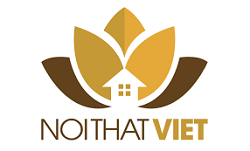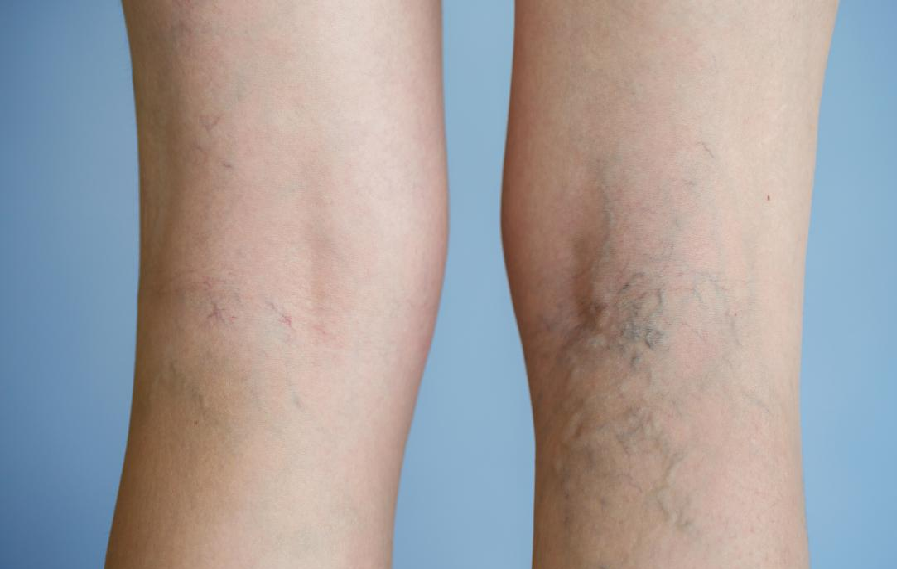Varicose veins are enlarged twisted veins. A superficial vein can become, but the blood veins that are commonly affected are the ones in your legs. This is because standing or walking upright increases the pressure on the veins of your lower body. For most people, spider veins and varicose veins can cause discomfort and pain. In some instances, varicose veins can result in severe health issues.
Treatment of varicose veins may involve self-care measures RFA treatments, and other procedures recommended by an experienced doctor to remove or close the veins.
Symptoms of varicose veins
In most cases, varicose veins don’t cause pain. Here are some of the common symptoms of varicose veins.
- Blood veins are bluish or dark purple.
- Veins that are bulging and appear twisted. Often, these are cords on your legs.
In the case of painful varicose veins, the following symptoms are common.
- Heavy and achy feeling in your legs.
- Itching around one or more of your blood veins.
- Skin discoloration around an area affected by varicose vein.
- Worsened pain after standing or sitting for a long time.
Keep in mind that spider veins are almost similar to varicose veins, but they are not similar. Generally, these veins appear closer to the skin surface and are often bluish or red. Spider veins can also appear on your legs and face. They vary in size and appear in a pattern or seem like a spider’s web.
Causes of varicose veins
Damaged or weakened valves in the veins can result in varicose veins. According to medical experts, arteries carry blood from your heart to other parts of your body and tissues. Veins return this blood from the rest of your body to your heart so that it can be recirculated. That means your veins must work against the force of gravity.
Note that the muscles contractions in your lower body parts act as pumps to help push the blood back to your heart. Small valves in your blood veins open to allow blood flow and then close to prevent backflow of the blood. In case these valves are damaged or a weakened, blood can flow back and form pools within your veins. This makes them appear bulged and twisted.
Prevention of varicose veins
There is no way of completely preventing varicose veins. However, improving your blood circulation and overall muscle tone can reduce the risk of developing this health condition or your current condition getting worse. The same measures you can take to treat or manage discomforts associated with varicose veins at home can also help prevent them. These include;
- Exercising regularly
- Maintaining a healthy weight
- Elevating your legs
- Eating a low-salt diet and lots of fiber
- Avoid tight hosiery and high heels
- Change your standing and sitting position regularly
Lastly, keep in mind that there are some factors that increase the risk of developing varicose veins. These include age, sex, pregnancy, obesity, family history, standing or sitting for a long time, and more.

